The original Dartmoor Prison bounds encompassed an area of 390 acres which was granted a 99 year lease. Its bounds were further extended in 1867 by 1000 acres under a fresh lease with the boundary marked by a series of DCP (Directors of Convicts Prisons) boundstones. Near the north west boundary of the 1867 prison bounds and close to New Forest Corner are 5 plain boundstones which mark one of the early sources of the prison’s water supply. These boundstones are shown on 19th century maps and are located in a rather marshy and tussocky area on a tributary of the Blackabrook to the west of the prison leat (constructed between 1806-09 to supply the war prison and soldiers’ barracks). Their specific date is unknown but most likely mid 19th century. This post covers the locations of the 5 plain boundstones plus covers other boundstones (ie 3 DCP stones and 2 Dartmoor Forest boundary stones) in the locale.

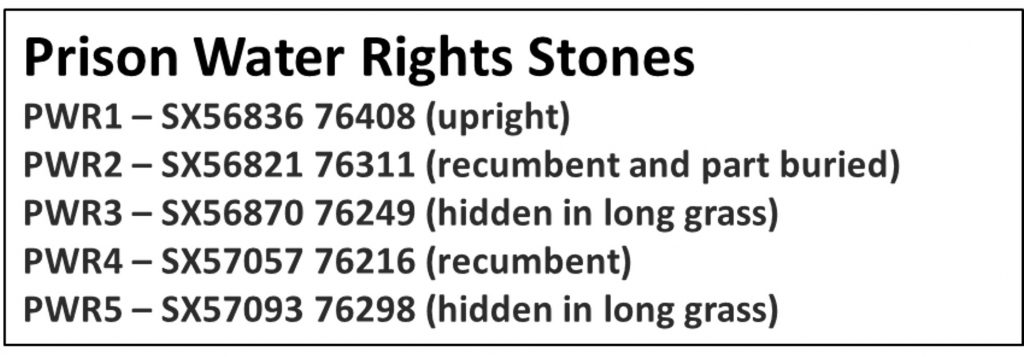

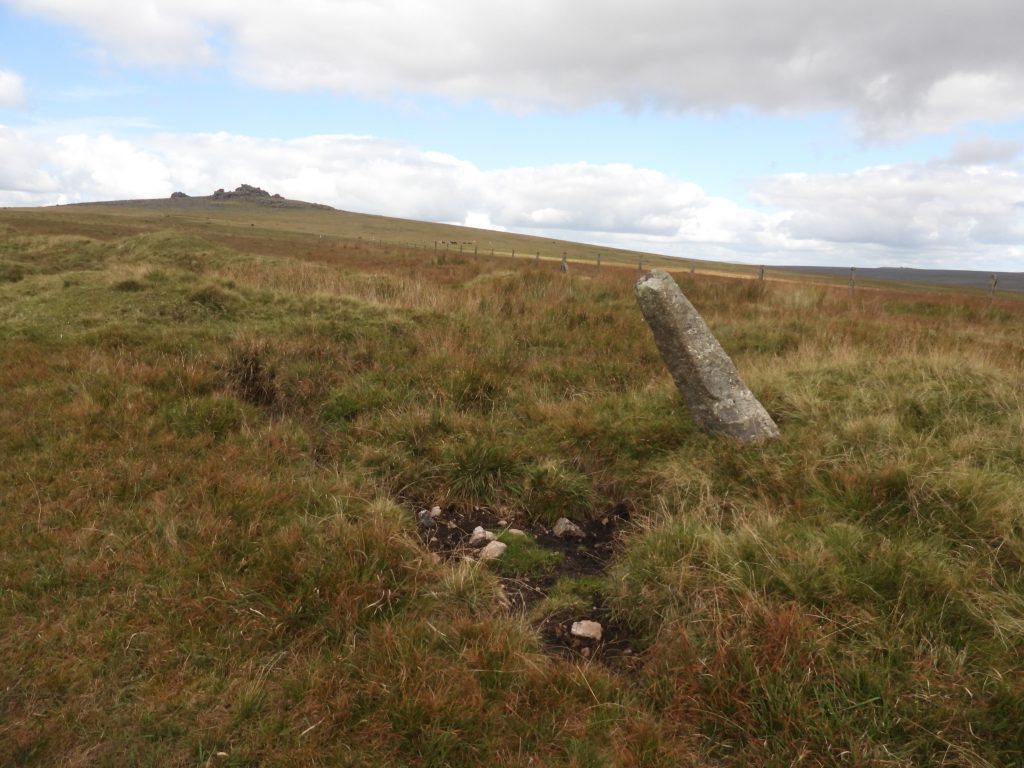



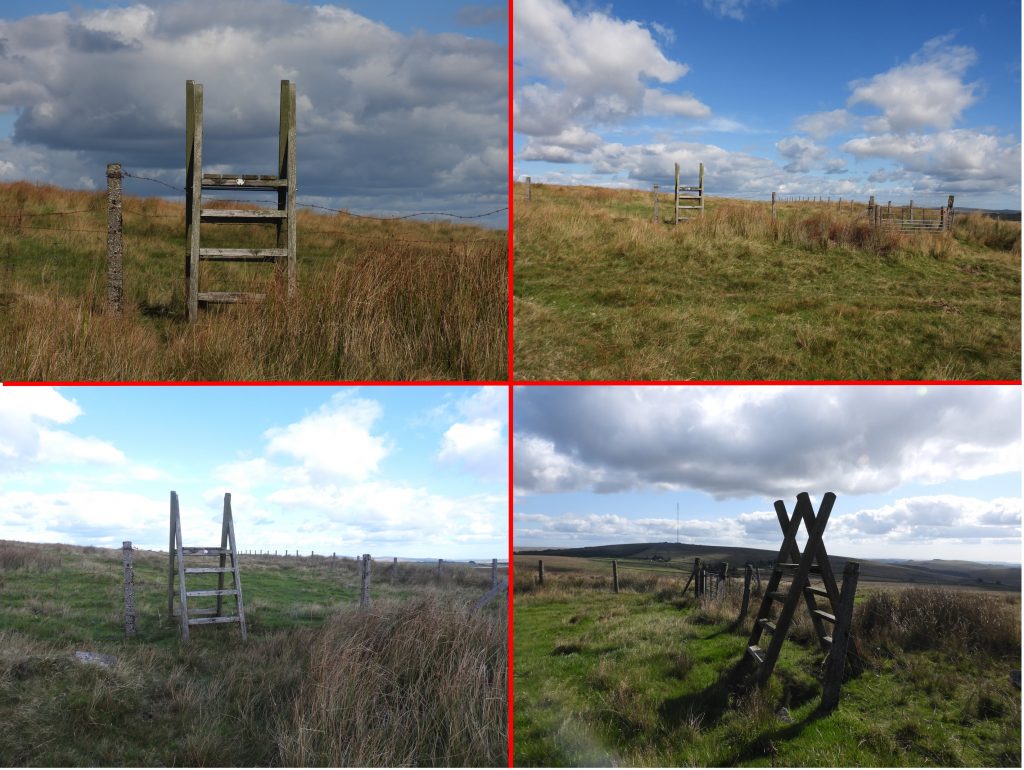


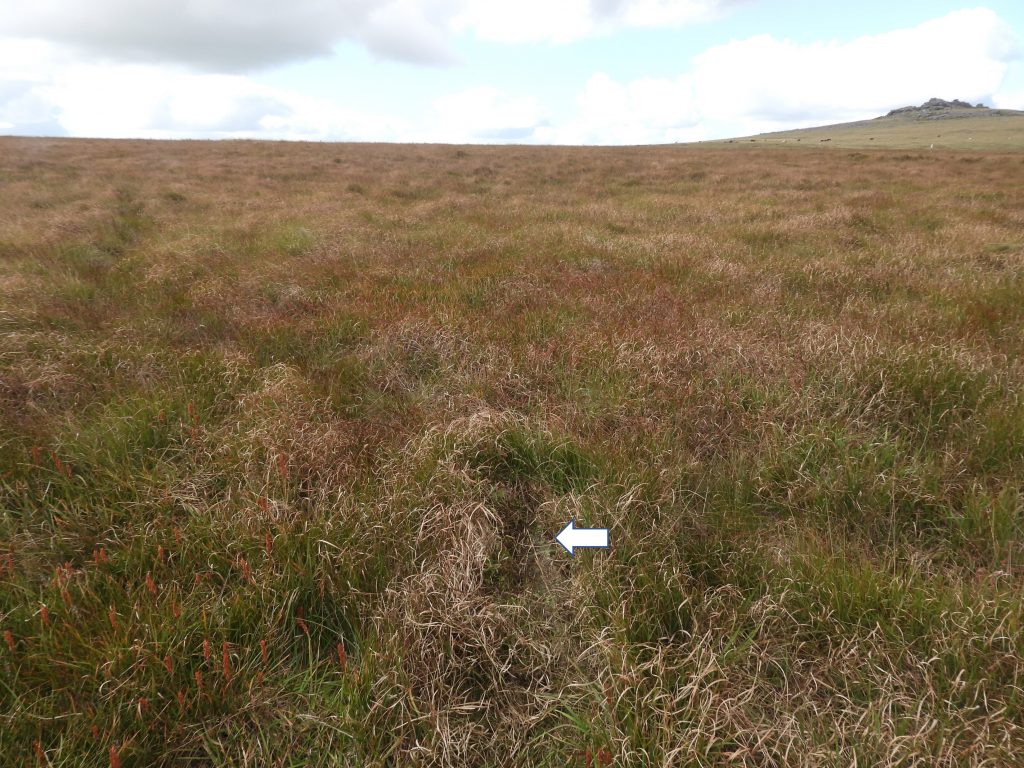
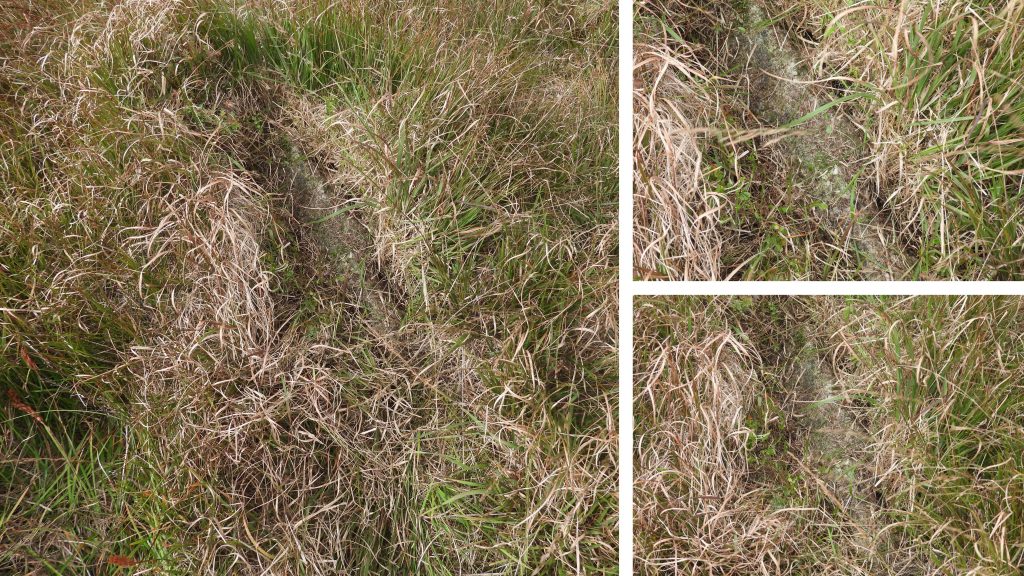
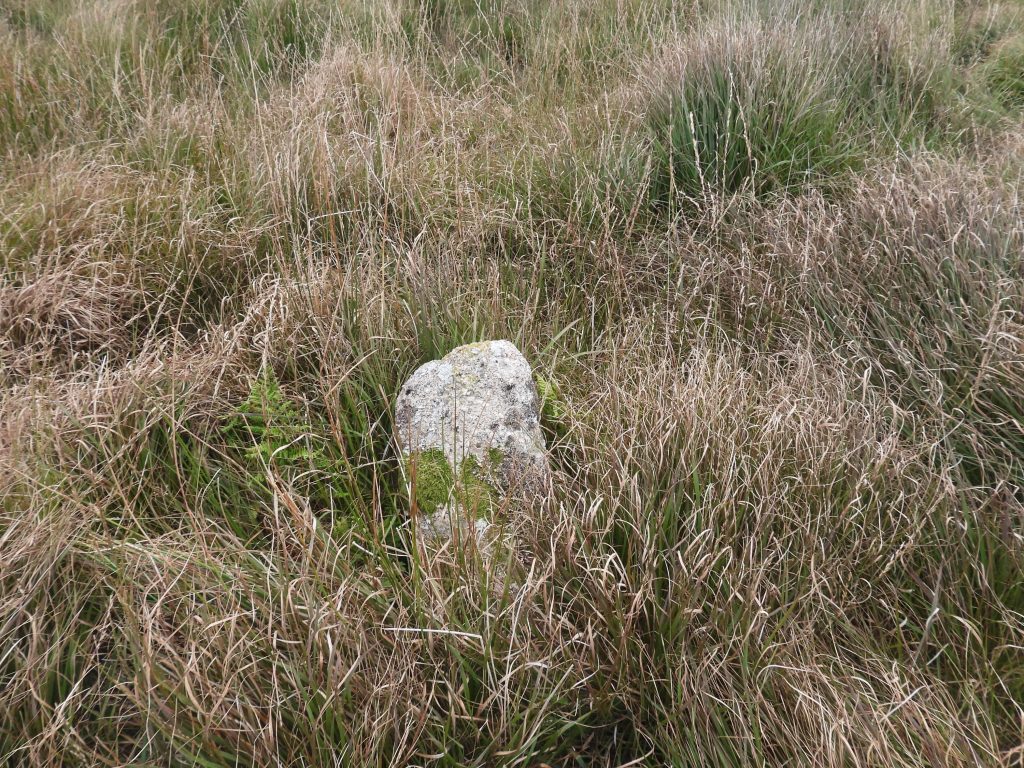

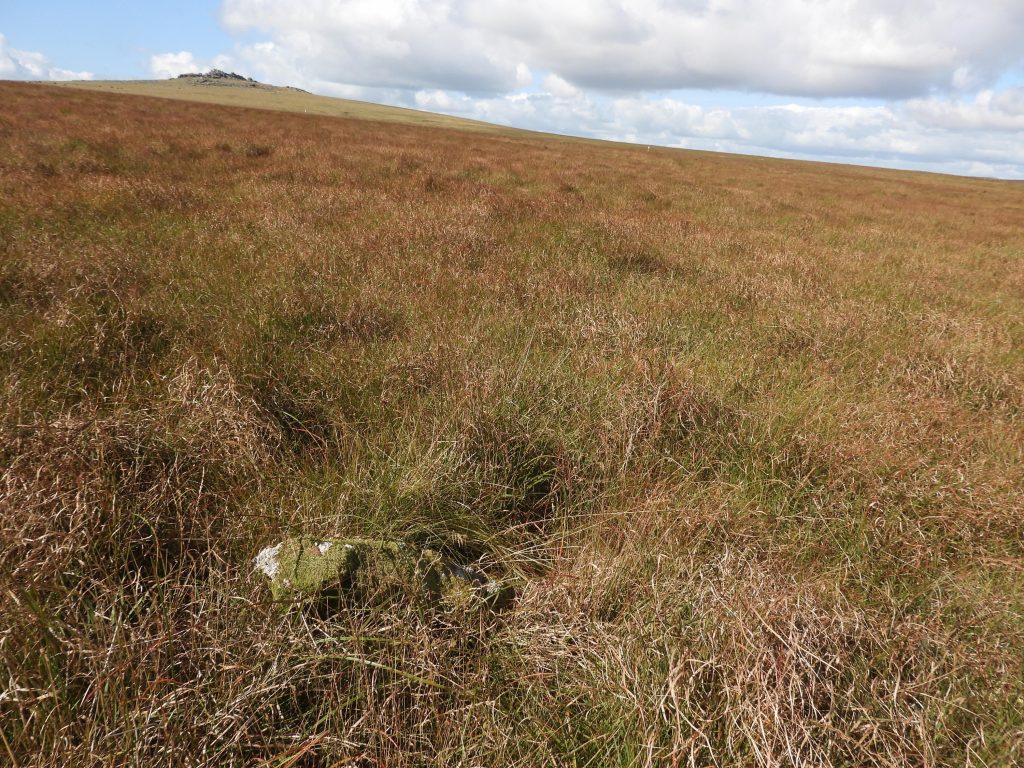


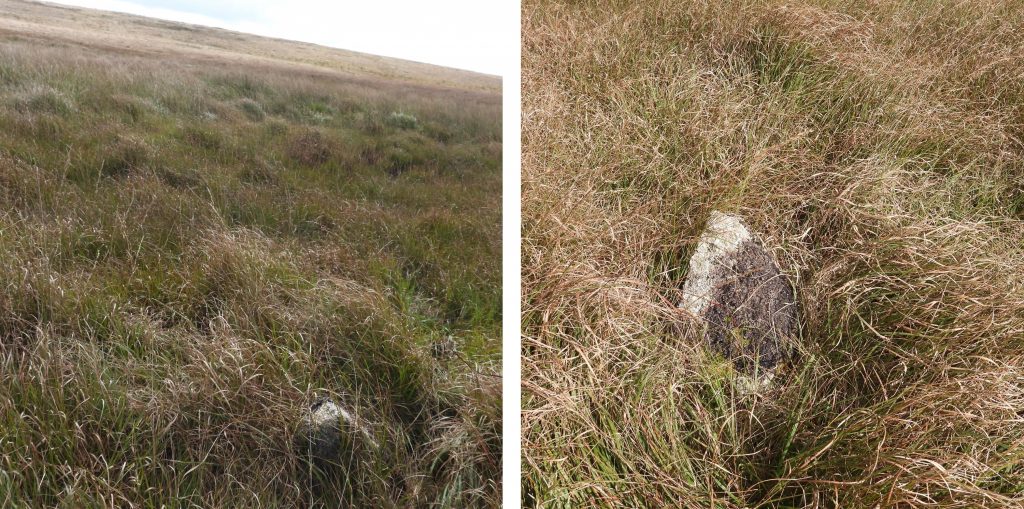
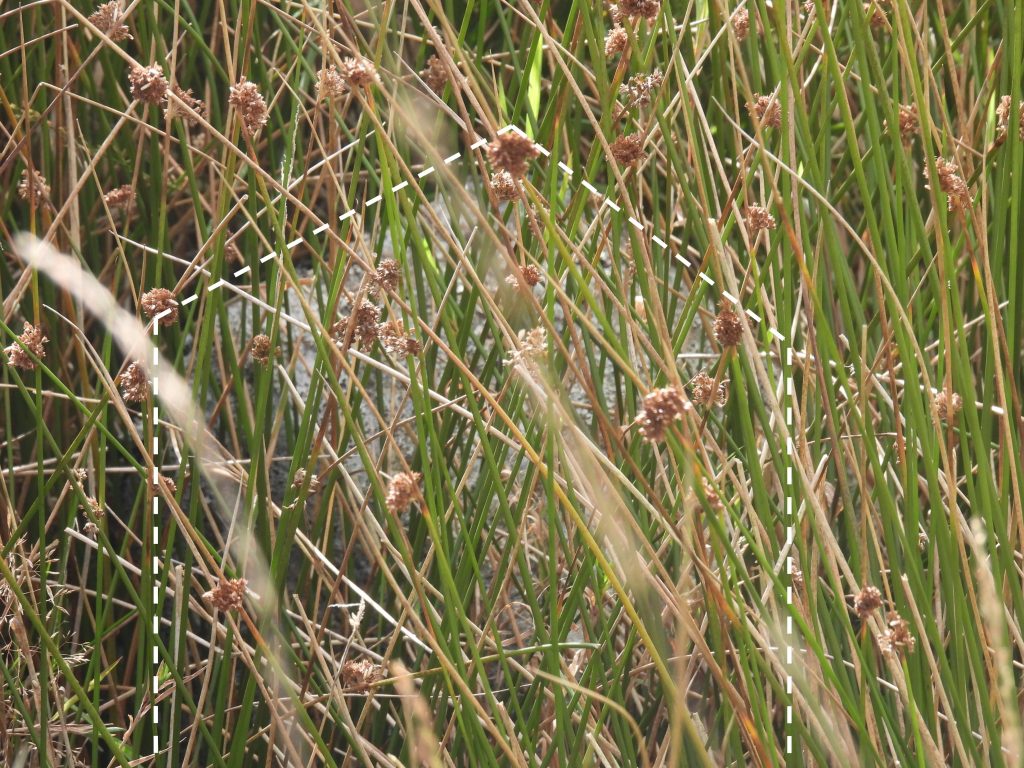

Mark F September 18, 2022
Hi Steve,
I have labelled the Water Rights markers as A to E, in a clockwise direction, starting from the one you have numbered 5. Good job in finding the elusive (D / 2) stone.
SteveGrigg1961 September 18, 2022 — Post author
Thanks Mark
Max Piper September 20, 2022
Great post. I never knew about these stones. Dartefacts duly updated.
SteveGrigg1961 September 20, 2022 — Post author
Thanks Max